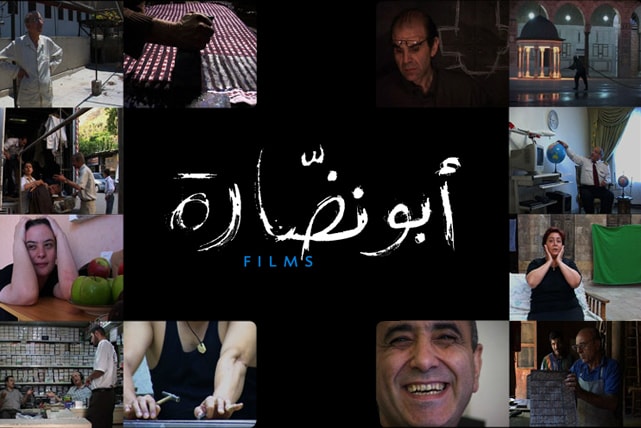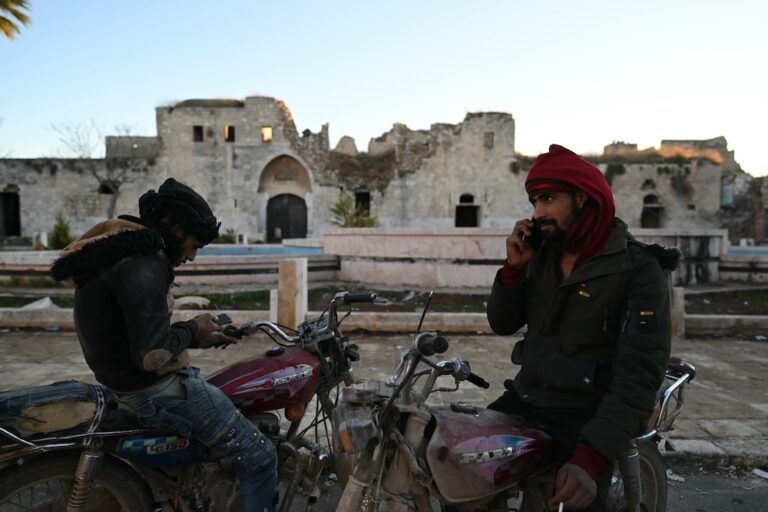This is part four of a four-part series on the men and women illuminating some of Syria's darkest regions, often at grave personal risk.
Part Four: AbouNaddara Film Collective (@abounaddarafilm)
The Syrian war has mass-produced some of the most horrific images the world has ever seen. Most of these images find their way online, easily accessible both to those who seek them out and to those just scrolling through their social media feeds on any given day.
Gratuitous and amateur images of war, violence and trauma are increasingly making appearances on our screens. The result has been a world increasingly desensitized to the suffering of ordinary Syrians. More importantly, this depiction of the conflict is stripping Syrians themselves of their sense of dignity, reducing their national identity to one synonymous with pain and suffering and characterized solely by violence and conflict.
One group has been working tirelessly to counter that. While graphic, disturbing images have permeated the Internet, numbing people’s minds, the quiet, short videos produced by the AbouNaddara film collective have managed to capture the tragedy of the Syrian reality in a way that encourages understanding and empathy.
Their videos don’t show violence, and don’t offer context. One can’t really tell whether the person on the screen is Shiite or Sunni, Alawite or Christian, pro-regime or supportive of the rebels, a Damascene or an Aleppian. Only one thing is certain: they are all Syrians.
The collective’s position is articulated in an introduction presented by the Vera List Center for Art and Politics at The New School for an online art exhibition in which their films are featured. The exhibition, entitled AbouNaddara: The Right to the Image, mirrors the collective’s principles by offering “an image of Syrians that respects the complexity of the situation and advances the right to be represented beyond categories of race, religion or political affiliation”.
AbouNaddara, which translates to “the man with glasses”, is made up of an anonymous group of self-taught and volunteer filmmakers – the majority of whom are women. They started producing videos in late 2010, before the Arab uprisings redefined the region’s political landscape.
By April 2011, they were producing one short video every Friday. Each video offered a different dimension of life in Syria, as the situation there morphed from an uprising, to a revolution, to a full-blown war between many factions. Their videos have consistently depicted men, women, and children struggling to maintain a sense of normalcy and continuity in an environment where only feelings of fear, panic and hatred are allowed to thrive.
Although the collective’s work can be categorized as more cinematic art than journalism, its members have not entirely escaped the dangers affiliated with being a journalist or activist in Syria today. Osama al Habaly, citizen journalist and member of AbouNaddara, disappeared into Bashar al Assad’s dungeons in August 2012 as he was crossing back into Syria from Lebanon through the border crossing near the town of Talkalakh. There has been no word of him since. A campaign has been organized by AbouNaddara and others uses the hashtag #FreeAlHabaly to demand news of his whereabouts and wellbeing.
In November, IFEX reached out to Charif Kiwan, a Syrian in exile and the spokesperson for the collective, to speak to him about AbouNaddara and what motivates and inspires their work. He is one of the few members of the collective to reveal their identity.
What keeps you going?




